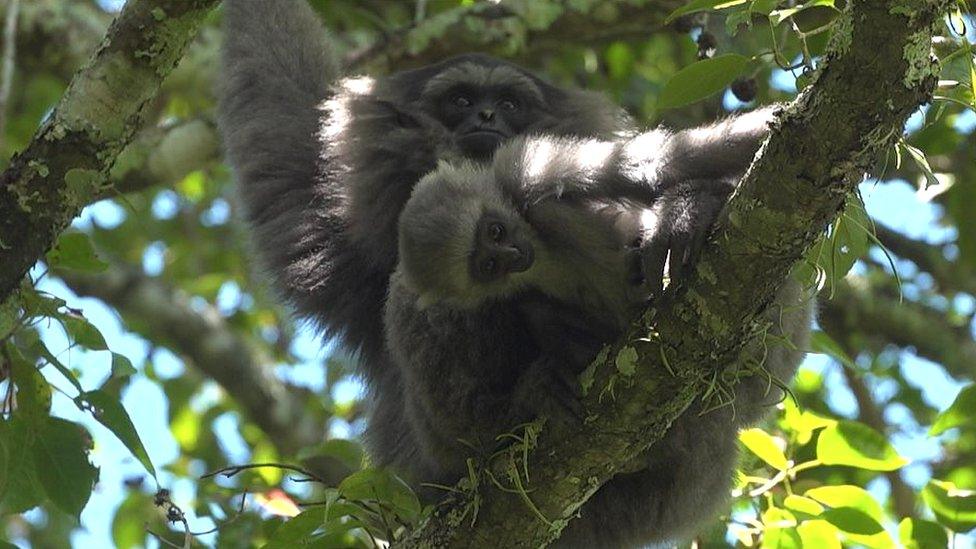'World's ugliest pig' caught on camera
- Published
It had been feared the Javan warty pig had become extinct
Scientists have captured the first footage in the wild of one of the world's rarest - and ugliest - pigs.
The Javan warty pig is under such threat from hunting and habitat loss that conservationists surveying its habitat believed it might already have been driven to extinction.
Camera traps have now revealed that small populations survive in Java's increasingly fragmented forests.
The team says its aim now is to protect the rare animals' habitat.
The survey was led by Dr Johanna Rode-Margono from Chester Zoo, who said she and her colleagues were "thrilled" to see that the pigs were still there.
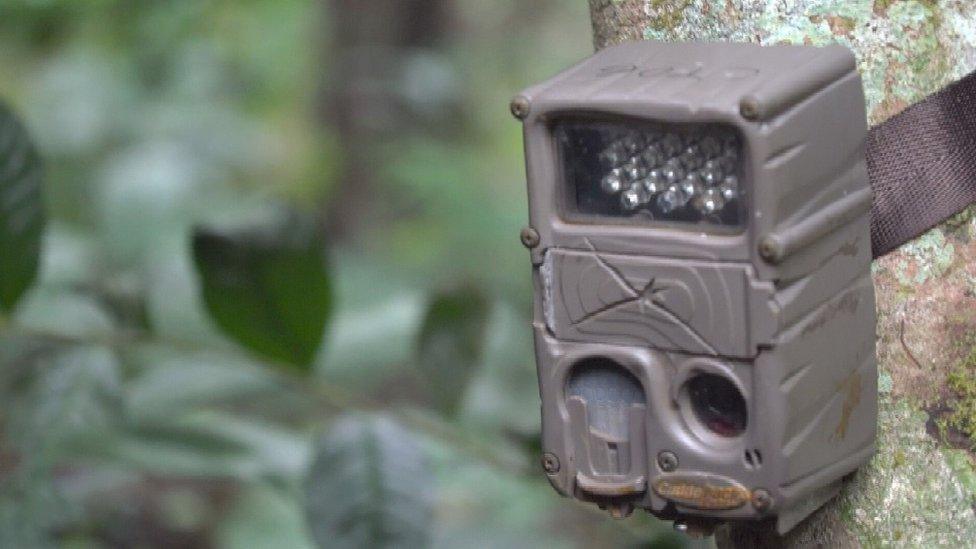
Motion-activated camera traps captured the images of the shy, endangered animals
The last study of these lowland forested areas was back in 2004 and revealed a "serious decline" in the population of the species.
"We were worried that all or most would have disappeared," she told BBC News.
Human-pig conflict
While these hairy, warty-faced beasts may not be Java's most photogenic residents, Dr Rode-Margono says they fulfil an important role in the forest's ecology - tilling the soil and spreading seeds as they forage.
And in Java, Indonesia's most crowded island, they are also emblematic of the burgeoning human pressure on the country's tropical forest.
The pigs are losing habitat to deforestation for agricultural and urban development, but are also coming into direct conflict with humans. The animals are considered pests and often hunted because they raid crops.
"Hunting for sport is also a problem," says Dr Rode-Margono, "and the species may be hybridising with European wild boar." That could result in the species being bred into extinction.

Fighting for the forests
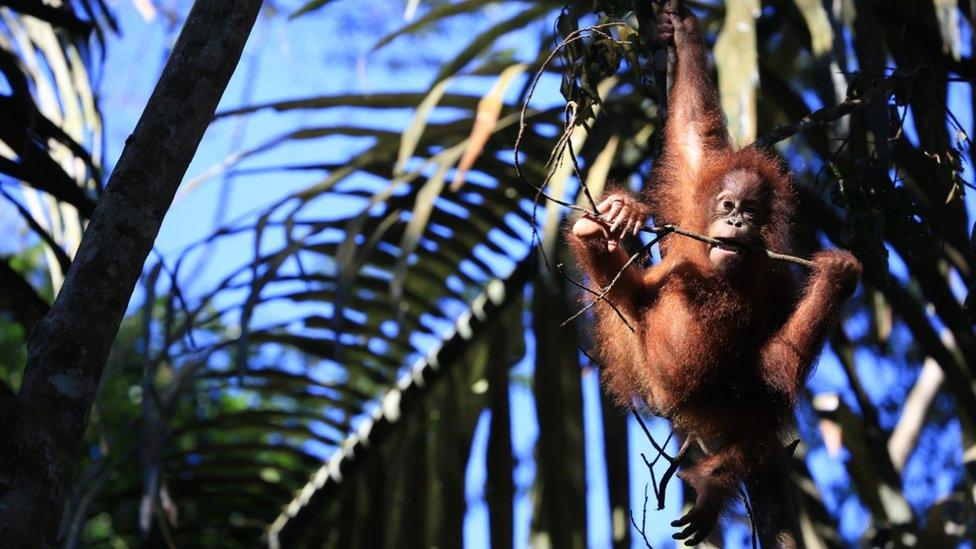
Deforestation continues to threaten Indonesia's forests and the wildlife that relies on it. Palm oil plantations, in particular, have been blamed for the clearance of swathes of biodiverse forest. , externalAnd while the scale can be difficult to measure, one study used satellite images to estimate that, between 2000 and 2012, Indonesia lost more than six million hectares, or 60,000 sq km, of primary forest.
Deforestation and increased human activity in the rainforest may also be also exacerbating the illegal trade in pet apes. One charity in Java is now employing former hunters in an effort to guard and patrol areas of forest where they are re-releasing rescued animals.
Much of the seemingly pristine forest in Java is being targeted by trappers to feed the demand for wild-caught caged birds, which conservationists now say is threatening to drive several species of previously widespread songbirds to extinction.
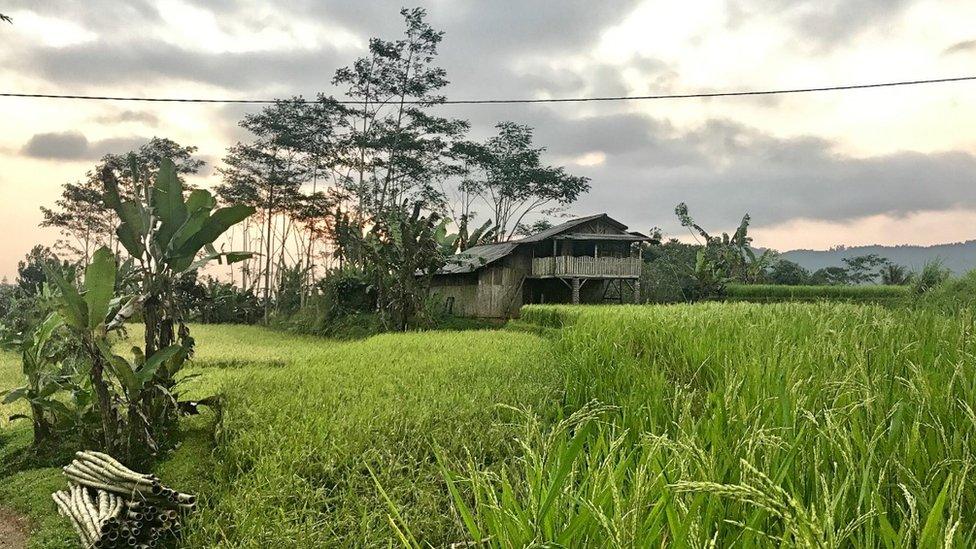
Most lowland forest in Java has been cleared for building and agriculture

Out of seven areas the team surveyed - using hidden, motion-activated cameras - only three had Javan warty pigs.
"That means the threat is ongoing and if we don't do anything, more and more populations will disappear," said Dr Rode-Margono. "This is a big red flag."
One wildlife centre in Java has started a captive breeding programme for the Javan warty pigs, and the scientists hope to identify some areas where these animals could be released and protected in the wild.

Captive-bred pigs could be released into the wild if the threats to their survival can be tackled
"There is still hope," Dr Rode-Margono told BBC News. "If we can manage to design some effective conservation projects, maybe we can keep them.
"For me," she added, "they are not ugly - they are beautiful.
"And everything in our ecosystem is connected - every tree, every plant, every animal. They depend on each other.
"If something breaks away, something else [could] break away, and that's a chain reaction where we can't foresee what will happen."
- Published20 October 2017
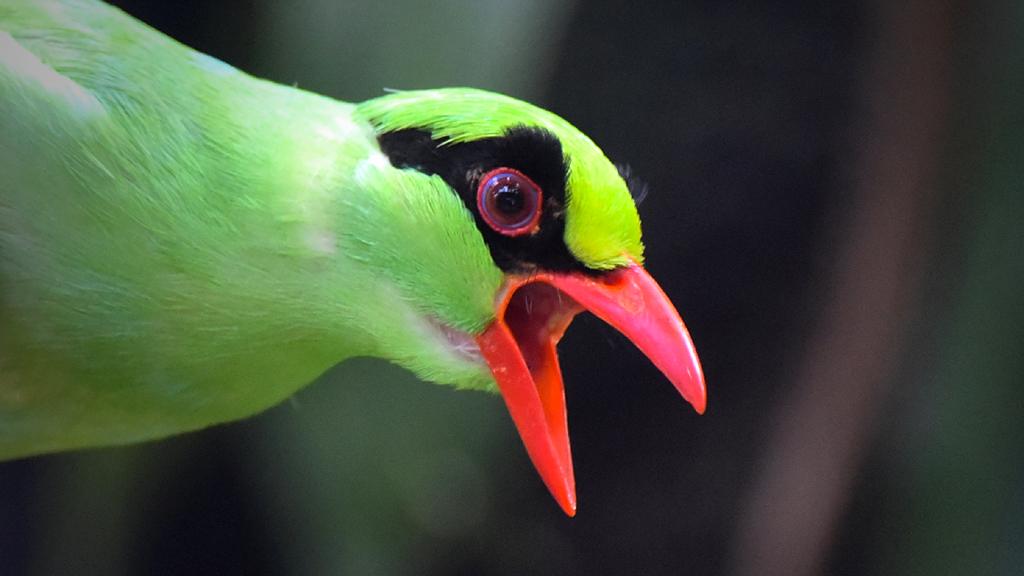
- Published7 November 2017
